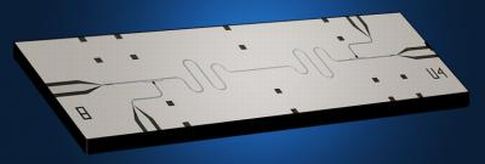First Solid-State Quantum Computer Processor Created
We may earn revenue from the products available on this page and participate in affiliate programs. Learn more › Researchers...

We may earn revenue from the products available on this page and participate in affiliate programs. Learn more ›
Researchers at Yale University have built the first-ever quantum processor using solid state components, and have run basic algorithms to prove how it works. Previous efforts have simulated a quantum processor without using electronic components.
In their tests, physicists Leonardo DiCarlo and professor Robert Schoelkopf demonstrated the perfect example of how quantum computing beats out traditional processing techniques.
It’s a “reverse phone number search,” where you know the phone number you want but not the name of the person to call. Using a qubit — a quantum bit that can hold multiple digits — the processor can examine multiple data sets, such as numbers in a phone book, and find the one you want.
“Instead of having to place a phone call to one number, then another number, you use quantum mechanics to speed up the process,” according to Schoelkopf. “It’s like being able to place one phone call that simultaneously tests all four numbers, but only goes through to the right one.”
Not only is the two-qubit quantum processor made from solid state electronics — unlike previous demos that used atomic particles — but the processor operates for a full microsecond.
The processor consists of a niobium film and an aluminum oxide wafer with a current that jumps across a gap on the substrate material. DiCarlo noted that the material operates at a hair above absolute zero, so odds are you’re not going to find a quantum processor in your next off-the-shelf computer.
[via PhysOrg]